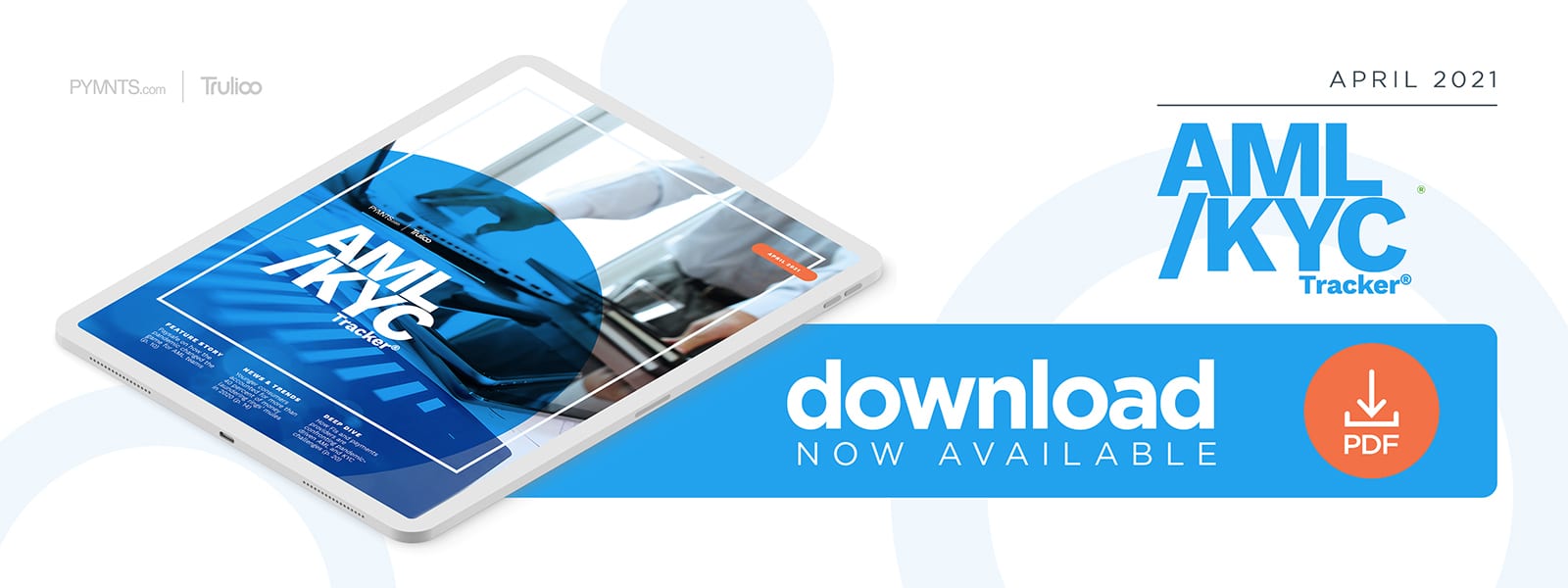The pandemic has affected nearly every corner of the global economy, from front-page headlines about store and restaurant closures to behavioral shifts in how consumers conduct payments. Cash use had been on the downswing, but the pandemic hastened its decline, with 50 percent of worldwide shoppers leveraging digital payments more often now than they did before the health crisis began.
The increased digital transaction volume has also opened more doors for money launderers to slip through, however. Anti-money laundering (AML) teams have had to monitor higher payment volumes than ever before and remain vigilant for launderers seeking to capture illegitimate funds. The pandemic has — in some cases — been a blessing in disguise for catching money launderers, according to industry experts.
“The pandemic has made some things even easier from an anti-money laundering perspective,” said Max von Both, senior vice president of compliance at payments provider Paysafe. “Not only do you have more data overall [but] you [also] have more of what we call truth data with which to calibrate your systems. That’s where everything got a little bit easier.”
In a recent interview with PYMNTS, von Both described how money launderers attempt to process funds through payments providers, how the pandemic changed the game for AML staff and how providers like Paysafe adapted their tactics in light of the new data.
The State Of Money Laundering Amid The Pandemic
Money launderers deploy a variety of tactics against payments providers, but their objectives remain largely the same: processing their ill-gotten funds through digital payments to conceal their source and avoid scrutiny from law enforcement. One growing threat, according to von Both, is professional “Crime as a Service” launderers that are subcontracted by other cybercriminals to process their funds for them in exchange for a cut of the profits.
“Money laundering today is a little bit like Software as a Service, with crime also offered as ‘Crime as a Service,’” he said. “We are fighting against highly professional groups of criminals who will always try to find the easiest way to accomplish their goals and the way that gives them the highest return on investment. Fake storefronts are definitely common — a merchant that is not selling anything but is used to shell funds through and legitimize those funds.”
The increased volume of digital payments amid the pandemic has also resulted in an increase in illegitimate payments meant for laundering, but fraudsters’ success rates have not necessarily increased as a result. The higher volume has instead given AML teams much more data to work with to improve their cybercrime-fighting skills.
“The pandemic has made it easier because the amount of data we have has increased, and we find it easier to tag who our good customers are and subsequently also detect who the bad customers are,” von Both said. “And then, with decreased mobility globally, we also see that some organized groups find it more difficult to really spread their actions across the globe. This means we can detect the IP addresses of devices being used, the language of the operating system, the language of a browser and, with all these different parameters, we can make decisions with a high degree of confidence if transactions in our system are legitimate or illegitimate.”
More data does not necessarily mean better data, however — unless AML teams know how to properly harness it. Von Both recommended that financial institutions (FIs) and payments providers view money laundering not in a vacuum but as part of a greater fraud whole.
Why Real-Time Tracking Is A Necessity
It is easy for AML staff to isolate money laundering as a distinct crime and not worry about its predicate causes, but von Both said this is like treating the symptoms of a disease without understanding its cause. Fighting money laundering by itself would be a Sisyphean task without tackling digital fraud as well.
“A lot of companies and banks have recognized that you can’t have a barrier between anti-fraud and anti-money laundering, especially in systems like ours, where fraud is the first step before money laundering,” von Both explained. “You need a holistic fraud and AML framework to make sure that your systems and your teams are working in tandem to implement a more robust control framework overall.”
Both AML and fraud can be tackled through transaction analysis, but this is also much more easily said than done. The dividing lines between legitimate transactions, fraudulent activity and money laundering were much clearer years ago, but detection methods today involve a much higher degree of risk assessment.
“In the past, anti-money laundering was something you would have done post-fact, when you had 28 days to decide whether you want to file a suspicious activity report or not,” von Both said. “But transactions are faster than ever, so we use artificial intelligence models to capture fraud and money laundering in real time. We have the subsequent layers as well, with report-based monitoring, behavioral clustering and anomaly detection. You need an ongoing cycle all the time.”
These detection models also need frequent updating based on fraudsters’ and money launderers’ changing tactics. Falling behind the curve could make any platform a money launderer’s dream.





